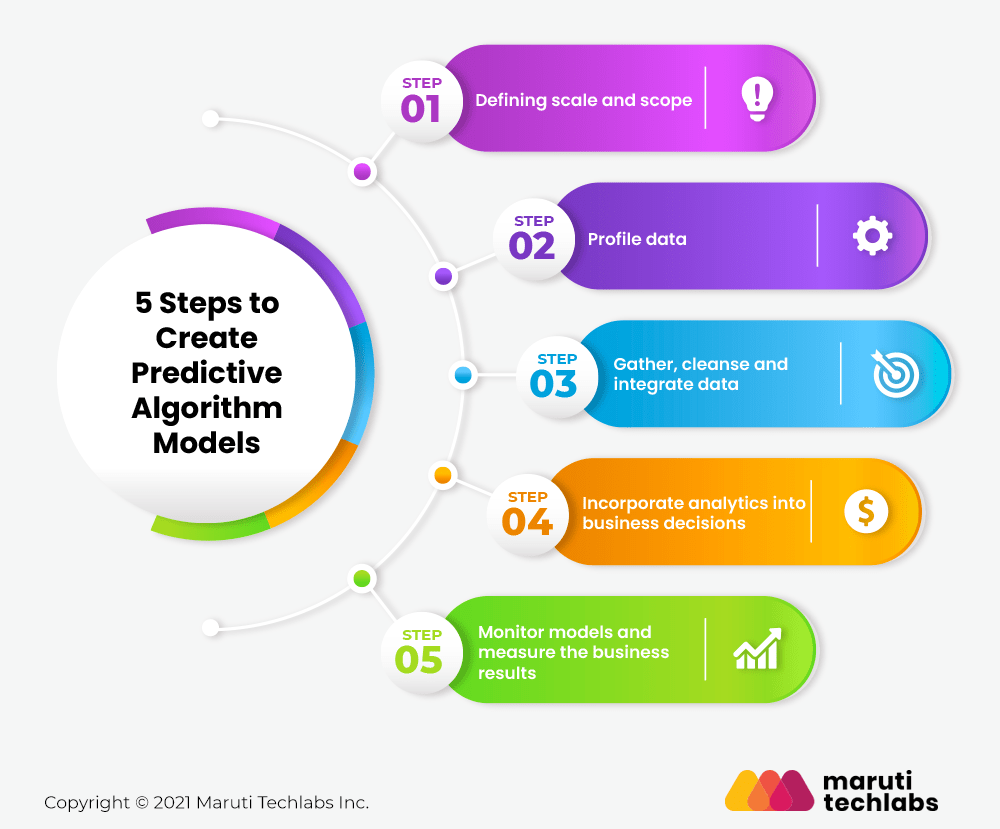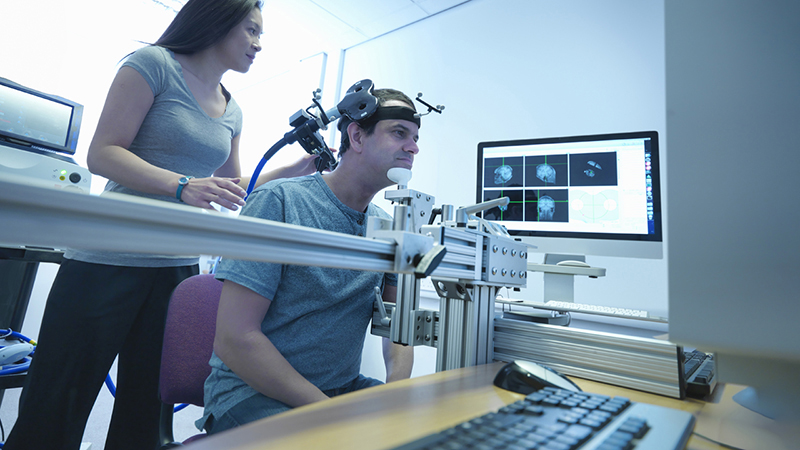Advances in biotechnology and information technology are on the cusp of revolutionizing well-being research. This article explores the technologies poised to profoundly affect both the measurement and intervention aspects of positive psychology over the next decade. These technologies encompass
- Big data analysis: This technology can be used to collect and analyze large amounts of data on well-being, which could lead to new insights into the factors that influence well-being and how to intervene effectively.
- Non-invasive brain stimulation:This technology can be used to stimulate or inhibit specific areas of the brain, which could be used to improve cognitive function, reduce stress, and enhance well-being.
- Psychopharmacology: This field of medicine is developing new drugs that could be used to treat mental disorders and promote well-being.
It is important to consider the potential benefits and drawbacks, along with ethical considerations. The integration of these technologies may significantly enhance psychologists' ability to measure and intervene in well-being, making it essential to discuss their potential implications now.
The Vision of Enhanced Human Experience
Historian Harari predicts that technology will increasingly influence humanity's future. As society progresses in reducing disease, poverty, and violence, there will be a greater focus on extending human lifespan and promoting well-being. Harari highlights the capacity of technology to modulate mental states and guide decision-making in ways relevant to well-being. These advances in biotechnology and information technology may eventually lead to a fundamentally different human experience. While we are not there yet, certain technologies are set to significantly impact well-being research within the next decade.
Emerging Technologies in Well-Being Research
Humans anticipate that the technologies we discuss will become standard tools in well-being research in the coming decade. However, many researchers in the field are currently unaware of these technologies and their potential. Inspired by Harari's work, we aim to describe these technologies and call for ethical and safety discussions, given their expanded capacity for measurement and intervention. Current State of Well-Being Research: Well-being research, often known as positive psychology, has been conducted for decades. Researchers typically employ self-report surveys distributed through digital platforms to collect data on factors affecting well-being. Well-being interventions primarily consist of psychosocial activities designed to enhance mental states and emotional experiences. However, these traditional approaches are on the brink of transformation due to emerging technologies.
Future Uses

The Rise of Predictive Algorithms
Predictive algorithms have seamlessly integrated into our daily lives, making crucial decisions from flight schedules to movie choices. Once met with skepticism, they've evolved into trusted advisors, much like GPS navigation. Beyond their current role in entertainment, marketing, and administration, predictive algorithms are set to become virtual life coaches, making precise predictions that impact well-being.
Algorithms vs. Human Decisions
Predictive algorithms outshine human decisions in many aspects. They learn quickly and share insights with all users, unlike humans who learn individually. As algorithms accumulate data, the gap between algorithm-informed choices and human decisions widens. Algorithms excel in ease of learning, decision precision, and applying knowledge across various situations, though humans retain advantages in specific areas. Expanding Algorithmic Reach: While algorithms have not yet ventured into high-stakes domains like careers and marriages, they're accumulating data from various sources. Mobile phones with numerous sensors track activities, environmental conditions, and health data. Digital footprints from social media and other online activities are collected and analyzed. Integration of this data into large databases through APIs is becoming smoother. The Quantified Self movement promotes tracking health and well-being through apps and sensors.
Predicting Psychological Traits
Predictive algorithms display impressive accuracy in predicting psychological traits based on digital footprints. They can predict sexual orientation, ethnicity, and political orientation from Facebook "likes." Face-detection algorithms can distinguish sexual orientation with high accuracy. Text-based digital traces predict personality traits, gender, and mental health states, often surpassing human judgments. Revolutionizing Psychology Measurement: Predictive algorithms mark a significant leap in data collection and measurement in psychology. Researchers use machine learning to predict psychometric scores based on digital features, eliminating the need for traditional measurement. This enables large-scale, unobtrusive measurement and the creation of well-being maps at regional and national levels.
Future Possibilities
In the near future, advanced predictive algorithms will enable tailored interventions. They'll detect conditions like depression relapse or manic episodes, leading to immediate therapeutic responses. These approaches will merge with other big data sources like genomics and neural networks. Health coaching algorithms will offer personalized advice for enhanced well-being, while community-level measurement will guide evidence-based policy decisions.
Psychopharmacology
Psychopharmacology is the study of how drugs affect the mind and behavior. It is a rapidly growing field with the potential to revolutionize the way we treat mental disorders and enhance well-being. One of the most exciting areas of research in psychopharmacology is the development of new drugs that can be used to enhance well-being in people who do not have any mental disorders. This is a controversial topic, with some people arguing that it is unethical to use drugs to change our natural state of mind, while others argue that it is perfectly acceptable to use drugs to improve our quality of life. There is still much that we do not know about the long-term effects of psychopharmaceuticals on well-being. However, there is some evidence to suggest that certain drugs, such as ketamine, MDMA, and psilocybin, may be able to produce sustained improvements in well-being in certain people.These drugs are currently being tested in clinical trials for a variety of mental disorders, including depression, anxiety, and PTSD. However, there is also growing interest in using these drugs to enhance well-being in people who do not have any mental disorders. For example, some people are using ketamine to improve their creativity and focus. Others are using MDMA to enhance their social connections and empathy. And psilocybin is being used to help people with spiritual growth and self-awareness.mIt is important to note that psychopharmaceuticals can have side effects, and some of these side effects can be serious. It is also important to remember that psychopharmaceuticals are not a magic bullet. They cannot solve all of our problems or make us happy overnight. Psychopharmaceuticals can be a valuable tool for improving well-being, especially when used in conjunction with other therapies, such as psychotherapy. If you are considering using psychopharmaceuticals to enhance your well-being, it is important to talk to your doctor about the risks and benefits involved.
The future of psychopharmacology
The future of psychopharmacology is very bright. Researchers are developing new drugs that are more effective and have fewer side effects. They are also developing new ways to deliver drugs to the brain, such as through nasal sprays and patches.mIn the future, psychopharmaceuticals may be used to treat a wide range of mental disorders, including addiction, schizophrenia, and autism. They may also be used to enhance cognitive function, creativity, and emotional intelligence. It is important to note that there are also ethical concerns about the use of psychopharmaceuticals to enhance well-being. Some people worry that these drugs will be used to create a "superhuman" class of people who are more intelligent, more productive, and more emotionally stable than the rest of the population.

Non-Invasive Brain Stimulation for Well-Being
Non-invasive brain stimulation (NIBS) is a rapidly growing field of research with the potential to revolutionize the way we treat mental disorders and enhance well-being. NIBS techniques involve stimulating the brain through the skull without the need for surgery. Two of the most common NIBS techniques are transcranial magnetic stimulation (TMS) and transcranial direct current stimulation (tDCS). TMS uses magnetic pulses to stimulate neurons in the brain, while tDCS uses a weak electrical current to modulate the excitability of neurons. NIBS has been shown to be effective in treating a variety of mental disorders, including depression, anxiety, and obsessive-compulsive disorder. It is also being investigated for its potential to enhance well-being in people without mental disorders. For example, NIBS has been shown to improve cognitive function, creativity, and mood. It has also been used to treat chronic pain and to improve the quality of life in people with terminal illnesses. NIBS is a relatively new field of research, and there is still much that we do not know about its long-term effects. However, the early results are very promising, and NIBS has the potential to become a valuable tool for improving well-being for everyone. Here are some specific examples of how NIBS is being used to enhance well-being:
- TMS is being used to improve creativity and problem-solving skills.
- tDCS is being used to improve mood and reduce stress.
- NIBS is being used to treat chronic pain and improve the quality of life in people with terminal illnesses.
- NIBS is being used to improve cognitive function and memory in older adults.
- NIBS is being used to enhance athletic performance and recovery.
Some psychological cognition NIBS has been used to treat have been:
- Depression: NIBS has been shown to be effective in treating depression, even in people who have not responded to other treatments. For example, a study published in the journal JAMA Psychiatry found that TMS was effective in treating depression in 38% of patients who had not responded to other treatments.
- Anxiety: NIBS has also been shown to be effective in treating anxiety disorders, such as generalized anxiety disorder and social anxiety disorder. For example, a study published in the journal The Lancet Psychiatry found that tDCS was effective in reducing anxiety symptoms in people with generalized anxiety disorder.
- Pain: NIBS has been shown to be effective in reducing chronic pain, such as back pain and migraine headaches. For example, a study published in the journal Pain found that TMS was effective in reducing chronic back pain in 60% of patients.
- Cognitive function: NIBS has been shown to improve cognitive function, such as memory, attention, and processing speed. For example, a study published in the journal Nature Neuroscience found that tDCS was effective in improving working memory performance in healthy adults.

